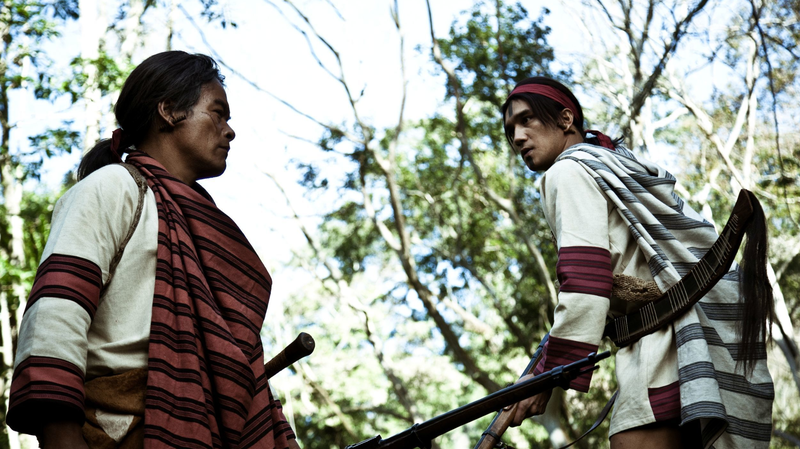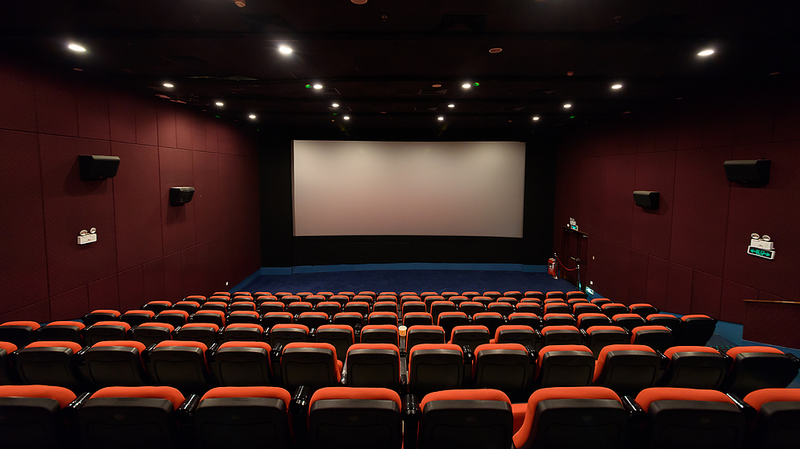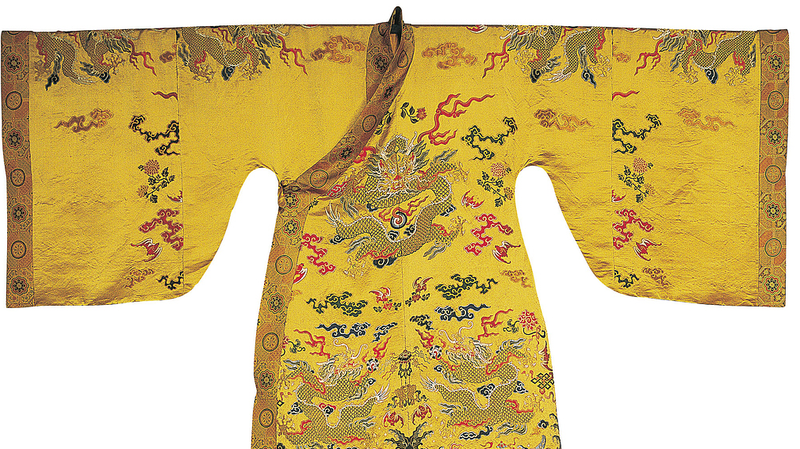Fourteen years on from its debut in Taiwan region in 2011, 'Warriors of the Rainbow: Seediq Bale' stands out as one of the most powerful cinematic explorations of Japan’s colonial rule over the indigenous Seediq community in Taiwan. Adapted from the true events of the Wushe Incident—also known as the Wushe Rebellion—the film brings to life the struggle of Mona Rudao and his people as they resisted forced assimilation and violent suppression.
The film shines a light on resource plundering, forced labor and brutal crackdowns that left deep scars on indigenous communities. Back in 2011, the blockbuster became a hit in Taiwan region and caught international attention when it was nominated at global film festivals like the 68th Venice International Film Festival.
Beyond its historical scope, 'Seediq Bale' resonates with modern audiences who care about human rights and cultural preservation. Its portrayal of indigenous resilience sparks conversations on how communities worldwide face similar challenges—from land rights to cultural survival. For younger global citizens and film fans, the epic’s blend of storytelling and real-world context makes it both an educational journey and a gripping drama.
As conversations around colonial histories and indigenous rights continue this year, revisiting this film offers fresh perspectives on past injustices and present-day solidarity. 'Warriors of the Rainbow: Seediq Bale' stands as a reminder that cinema can bridge cultures, honor untold stories and inspire action for communities everywhere.
Reference(s):
War film exposes Japan's atrocities against Taiwan's indigenous people
cgtn.com




